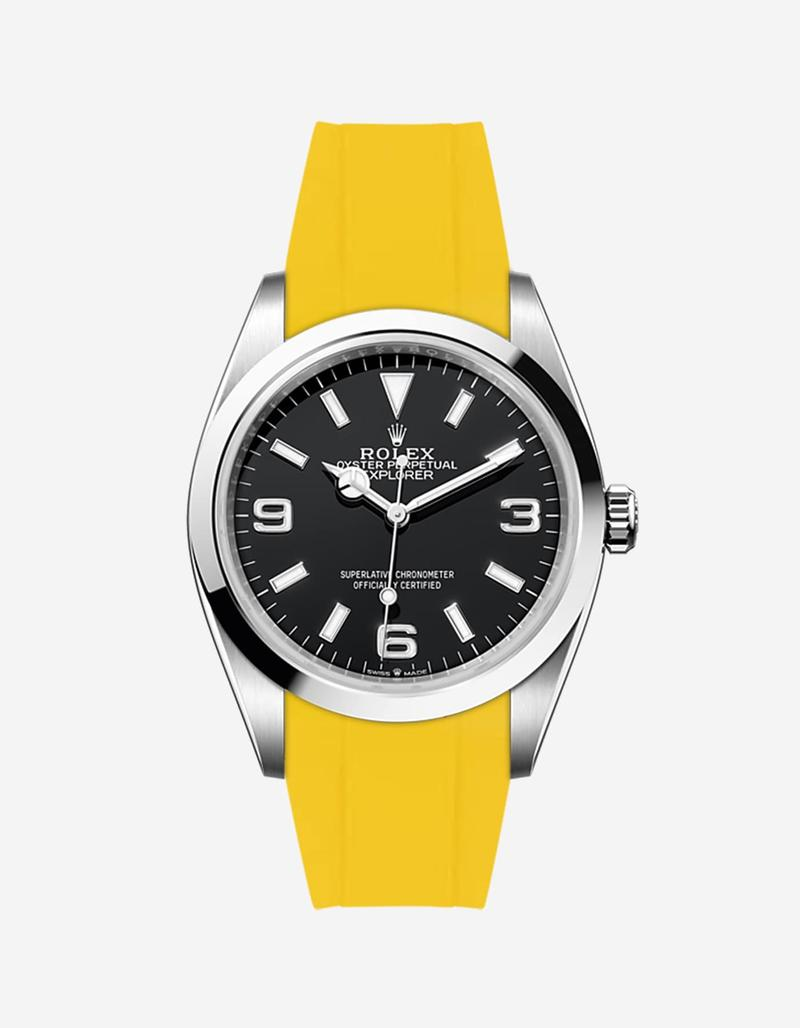How To Change Strap On Rolex Gmt?
Changing the strap on a Rolex GMT can be a straightforward process if you follow the correct steps and use the appropriate tools. Here is a detailed guide on how to change the strap on your Rolex GMT:
Tools and Materials Needed:

1. Spring Bar Tool: A specialized tool designed to remove and install spring bars.
2. Soft Cloth or Pad: To protect your watch and work surface from scratches.
3. Replacement Strap: Ensure it is compatible with your Rolex GMT model.
4. Magnifying Glass (Optional): For better visibility of small components.
Step-by-Step Guide:

1. Prepare Your Workspace

- Clean and Clear Area: Ensure your workspace is clean and free of any debris that could scratch your watch.
- Soft Cloth or Pad: Lay down a soft cloth or pad to protect your watch and provide a non-slip surface.
2. Remove the Old Strap
- Position the Watch: Place the watch face down on the soft cloth, ensuring the case back is protected.
- Locate the Spring Bars: The spring bars are small metal rods that hold the strap in place. They are located between the lugs of the watch case.
- Use the Spring Bar Tool: Insert the forked end of the spring bar tool between the strap and the lug. Gently push the tool towards the strap to compress the spring bar.
- Release the Spring Bar: While compressing the spring bar, carefully pull the strap away from the watch case. Repeat this process for the other side of the strap.
3. Install the New Strap
- Check the New Strap: Ensure the new strap has the correct width and spring bars.
- Insert the Spring Bars: Place the spring bars into the holes on each end of the new strap.
- Position the Strap: Align one end of the spring bar with the hole in the lug.
- Compress the Spring Bar: Use the spring bar tool to compress the other end of the spring bar and guide it into the hole on the opposite lug.
- Secure the Strap: Once the spring bar is in place, gently tug on the strap to ensure it is securely attached. Repeat this process for the other side of the strap.
4. Final Adjustments
- Check Alignment: Ensure the new strap is properly aligned and sits flush against the watch case.
- Test the Fit: Wear the watch to check the fit and comfort of the new strap. Make any necessary adjustments to the strap length or position.
Tips for a Successful Strap Change:
- Use Quality Tools: Investing in a good quality spring bar tool can make the process easier and prevent damage to your watch.
- Be Gentle: Avoid using excessive force when removing or installing the spring bars to prevent scratching or damaging the watch case.
- Practice Patience: If you are new to changing watch straps, take your time and practice patience. It may take a few attempts to get it right.
Common Issues and Troubleshooting:
- Spring Bar Slips: If the spring bar slips out of place, carefully realign it and try again. Ensure the spring bar is fully compressed before attempting to insert it into the lug hole.
- Strap Misalignment: If the strap is not sitting flush against the watch case, check that the spring bars are properly seated in the lug holes.
- Difficulty Compressing Spring Bars: If you are having trouble compressing the spring bars, ensure you are using the correct end of the spring bar tool and applying gentle, even pressure.
Conclusion:
Changing the strap on your Rolex GMT can be a rewarding experience that allows you to customize the look and feel of your watch. By following this detailed guide and using the right tools, you can successfully change the strap and enjoy a refreshed appearance for your timepiece. Remember to take your time, be gentle, and practice patience to achieve the best results.




































Leave your comment